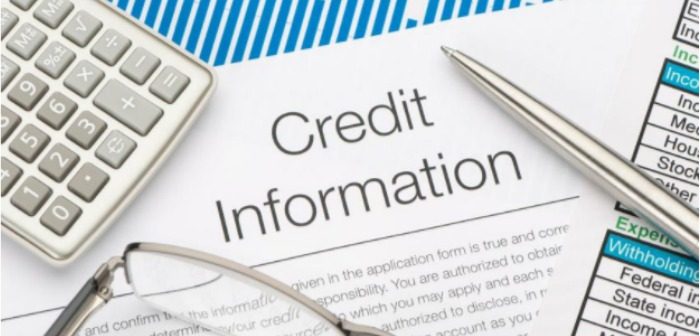Credit loans can be an extremely useful resource during difficult times. Provided they are used responsibly, they can mitigate hardship and provide emergency funding when the need arises. The ‘gap’ periods when cash flow is tight can certainly be filled in by using credit loans effectively.
There are a host of credit lines available for personal and business purposes. These cover the full gamut, including credit cards, mortgages, automobile loans, standard loans, short-term financing options, and more. Of course, qualifying for a credit loan is contingent upon several factors. These include your credit score. Traditional lenders (banks and credit card companies) place a high priority on your credit score when deciding whether to issue a line of credit.
This begs the question: What is a credit score?
A credit score is a 3-digit number that is based on your credit history. This includes the number of credit lines available to you, the type of credit you have (mortgages, auto loans, student loans, credit cards, store credit cards), your credit utilization (percentage of credit used), repayment history, and recent trends.
A credit score is just as important as your Social Security number in the United States. It is one of a handful of numbers that consumers are fiercely protective over. And for good reason – credit scores determine whether you will be approved for a line of credit. Since few people have the wherewithal to pay cash for a car, their education, or a new home, credit scores are important.
The Big Three Credit Bureaus
There are 3 major credit bureaus in the United States, including Experian, Equifax, and Transunion. All three credit bureaus operate throughout the US, and the world. They collect your credit history and use algorithms to determine a credit score. The way they score clients differs. You may have a different score with each credit bureau, given that they have a different rating system in place.
For example, Transunion credit scores range from 300 on the low end to 850 on the high-end. Experian scores range from 360 on the low end to 840 on the high-end. And Equifax scores range from 280 through 850. The higher your score is (the closer you are to the top end) the more likely you are to be approved for bigger loans at more favorable interest rates. The Fair Isaac Corporation, otherwise known as FICO has 4 credit categories. These include the following:
- Bad Credit – scores of 300 through 629
- Fair Credit – scores of 630 through 689
- Good Credit – scores of 690 through 719
- Excellent Credit – scores of 720 through 850
How Well Do You Score?
The latter 2 categories are where you would ideally like to be in terms of your credit score. To help boost your credit score, it’s important to understand its constituent components. 30% of your credit score is determined by the money that you owe. The lower the amount, the better for you. 35% of your credit score is determined by your payment history. That’s why it’s important to make regular, on-time payments to your lines of credit.
15% of your credit score is related to your credit history. This indicator is a reference to the length of time you have had well-managed credit accounts. 10% of your credit is made up of new credit. If you have too many new accounts in a short period of time, this works against you. 10% of your credit score is comprised of different types of credit. The more variety, the better for your credit score.
Shop Around the for Most Competitive Rates
When you apply for lines of credit, you are effectively applying for a loan from a bank or a non-bank institution. You agree to receive a certain amount of credit and repay it at a predetermined rate of interest. There are many different types of credit lines available, including home equity lines of credit, and conventional credit cards. Once you have been approved for the loan, or line of credit, you can use the funds in any way you deem fit. It is best to avoid the credit card route, if possible since the interest rates are notably higher than they are with personal loans.
There are two types of lines of credit (LOC), including unsecured – not backed by collateral – loans at higher interest rates, and secured loans – backed by collateral – at lower interest rates. Personal and business lines of credit that are secured are available at low-interest rates with lower fees. Business lines of credit can be used for expansion, investment, purchasing equipment, property, and machinery etc. Before you get started with any line of credit, it’s important to review your credit report for accuracy. Gather up your financial records, and then shop around at credit aggregators to ensure that you get the best rates for your personal needs.




